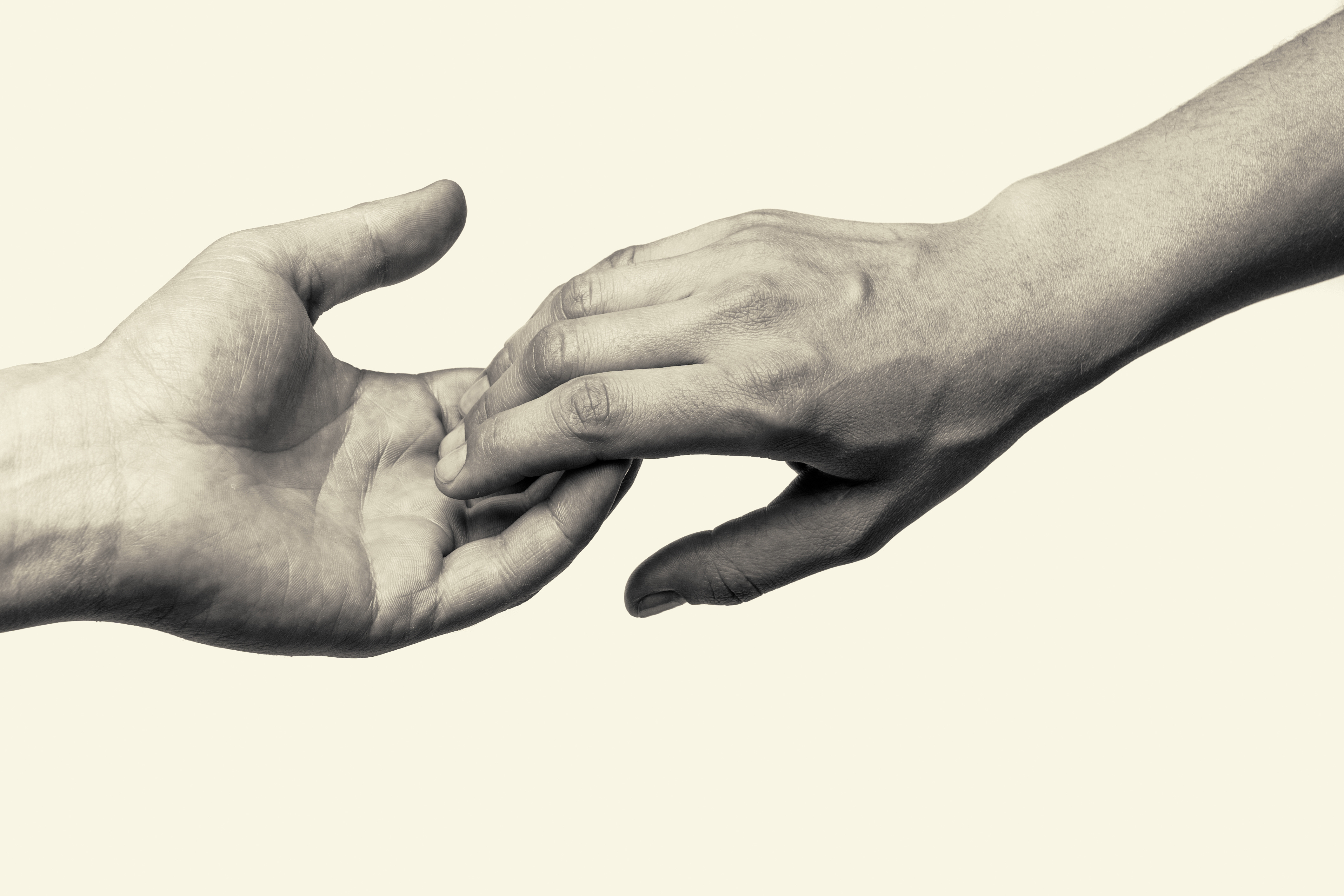

After reading Citizens by Jon Alexander and attending a lecture by Lisa Herzog about her new book The Democratic Market, my conviction has become clear: as designers, we carry responsibility. We can continue designing within the logic of the consumer - but in doing so, we perpetuate a system that reduces people to buyers and users. Or we can choose something more fundamental: designing for citizenship.
That’s what I want to advocate for. Because by seeing people as active citizens; engaged, capable, and collectively responsible; design can contribute to a society driven not by powerlessness, but by meaningful change.
From Subject to Consumer
Alexander describes how, after World War II, our view of people shifted from subjects to consumers. In an era of reconstruction and growth, the consumer became the central story. Our humanity was defined by what we bought, used, and consumed. From the 1980s onward, this frame reached its peak. Advertising, mass media, and globalization turned us into customers and target audiences. It seemed self-evident: we are, first and foremost, consumers.
But from social psychology, we now know that this consumer narrative is unsustainable in the long run. When we see each other only as consumers, we grow alienated, communities erode, and our systems increasingly revolve around profit rather than well-being. We have reached a point where we have exhausted the planet. Consumer culture fuels the idea that we never have enough; that our worth depends not on who we are as citizens, parents, neighbors, or friends, but on what we buy.
This is a call for a different perspective: a transition from consumer to citizen.
Instead of seeing people as consumers; which only makes us ask what we can sell to “them” (whoever they are); this approach invites us to see ourselves as citizens, and to ask what we can all participate in and contribute to.
At its core, this mindset offers a far more fertile ground for ideas, innovation, social and ecological justice, and even economic prosperity.
The Challenge of Thinking Differently
It’s not easy to approach people differently in a structural way. Many are used to convenience, choice, and consumption as forms of self-expression. The shift toward citizen logic may require discomfort, effort, and new values. But it’s something we must overcome together if we want to face today’s major challenges.
Citizenship is far more than a passport or a ballot in the voting booth. It’s a way of seeing, acting, and living together; almost a verb: actively seeking where we can make a difference, find allies, and work together.
Philosopher and economist Lisa Herzog reminds us that real democracy takes time and energy, and she even argues that citizens should be given that time. Because citizens who have time can engage in their communities, in politics, and in collective initiatives.
Why This Mindset Shift Matters Now
Trends and influences:
Citizenship as a Design Question
For designers and innovators, this opens an exciting question:
Are we designing experiences, services, and systems for consumers - or for citizens?
When we design for consumers, the focus lies on convenience, efficiency, and individual satisfaction. Think of a fast app, an appealing interface, a smooth transaction.
When we design for citizens, it’s about more: about engagement, collective meaning, agency, and co-creating the future. We create spaces and systems that invite participation, collaboration, and ownership.
The difference is subtle but crucial.
An energy system can serve customers - or it can invite citizens to shape the energy transition together.
A healthcare service can treat patients - or it can empower citizens to co-create health and well-being.
How Do We Get There?
A few starting points:
A Call to Action
The transition from consumer to citizen requires imagination and courage.
But especially in times of crisis and change, this larger story can guide us.
Because, as Alexander reminds us: “All of us are smarter than any of us.”
So the real question is:
Are we ready to redesign - not just our products and services, but the very way we live as human beings, together?

